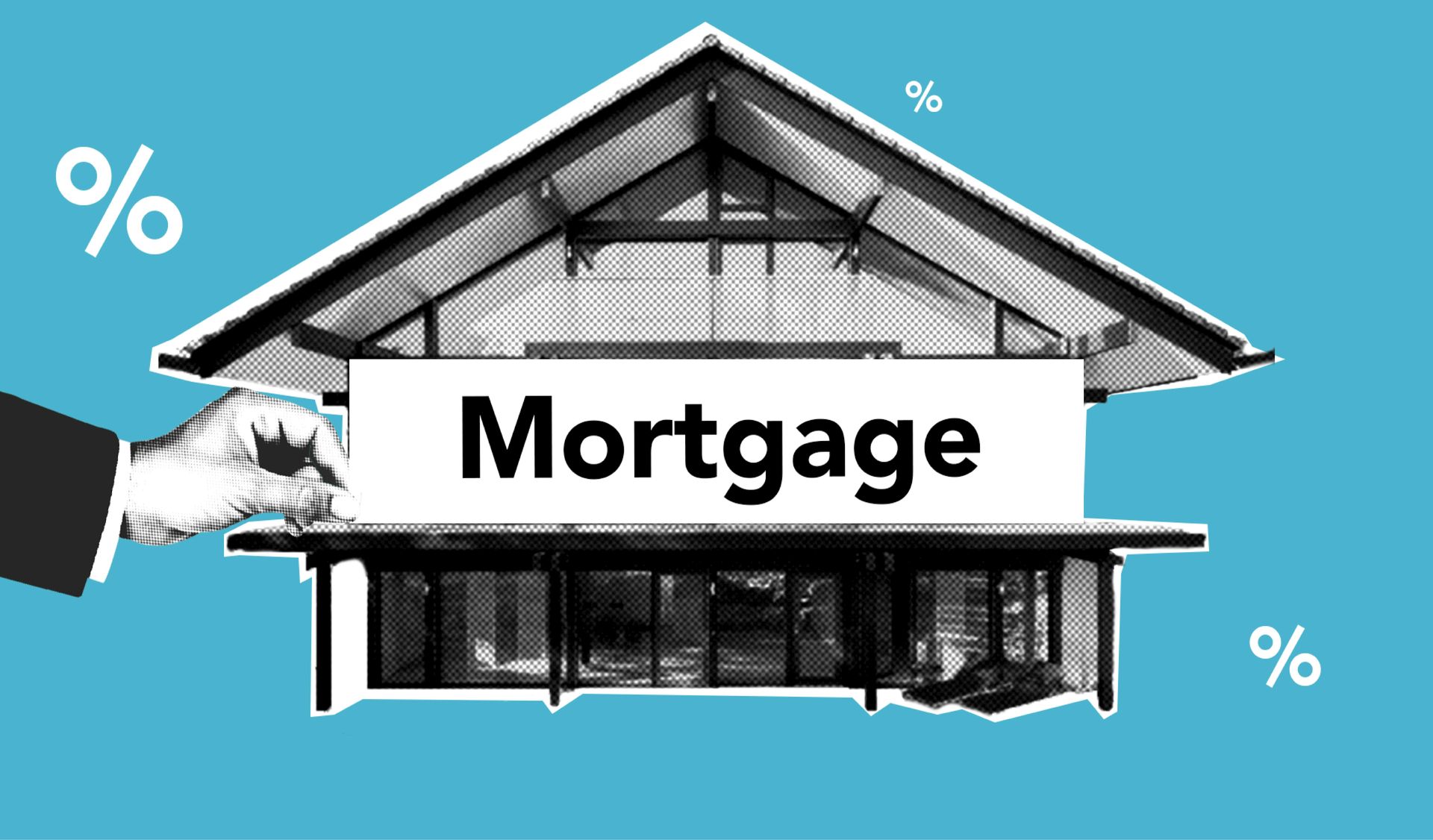What is a Debt-To- Income Ratio & how is it calculated?
Learn how this crucial financial ratio affects your borrowing power!
When applying for a mortgage, lenders use the consumer's debt-to-income ratio to assess eligibility and to help determine their potential purchasing power. The debt-to-income calculation is just 1 of many assessments looked at in qualifying an individual.
How is it calculated?
Your debt-to-income ratio compares your monthly gross income (before taxes) to your monthly financial obligations—such as, but not limited to. Your estimated monthly mortgage payment + all liabilities that reflect on your credit report, ( i.e. credit card payments, student loans, car loans, child support, etc.). What matters in this calculation isn't the total balance owed, but rather the required monthly payments for each debt.
Example (Single Applicant)
Borrower Details:
- Hourly Wage: $42.75
- Hours Worked: 40 hours per week (full-time)
Income Calculation:
- Weekly Income: $42.75 × 40 = $1,710
- Annual Income: $1,710 × 52 weeks = $88,920
- Monthly Gross Income (before tax): $88,920 ÷ 12 = $7,410
Mortgage Loan Application:
- Loan Amount: $250,000
- Interest Rate: 6% (fixed)
- Term: 30 years
Estimated Monthly Mortgage Payment:
- Principal & Interest: $1,498
- Estimated Homeowners Insurance: $250
- Property Taxes: $400
- PMI (Private Mortgage Insurance): $104
- Total Estimated Payment: $2,252
Monthly Debt Obligations (as reflected on credit report):
- Auto Loan: $400 monthly ($18,500 balance)
- Visa Credit Card: $50 monthly ($2,200 balance)
- Mastercard Credit Card: $25 monthly ($750 balance)
- Federal Student Loan: $300 monthly ($52,500 balance)
Debt-to-Income (DTI) Calculation for Example:
- Estimated Monthly Mortgage Payment: $2,252
- Auto Loan: $400
- Visa Credit Card: $50
- Mastercard Credit Card: $25
- Federal Student Loan: $300
- Total Monthly Debt Obligations: $3,027
DTI Calculation:
- $3,027 ÷ $7,410 (Gross Monthly Income) = 40.85% Debt-to-Income Ratio
*When multiple borrowers apply for a loan, the lender uses the same debt-to-income (DTI) calculation by combining the total gross monthly income for all borrowers and total monthly debt obligations of all borrowers to determine the overall DTI ratio.
*Some mortgage programs currently allow a back-end DTI ratio as high as 56.99%, provided the application includes strong, verifiable compensating factors such as significant reserves, a substantial down payment, high credit scores, or adequate residual income.
Jesse Young
Neighborhood Loans
jyoung@neighborhoodloans.com
📞 817-939-1467 (Direct)











